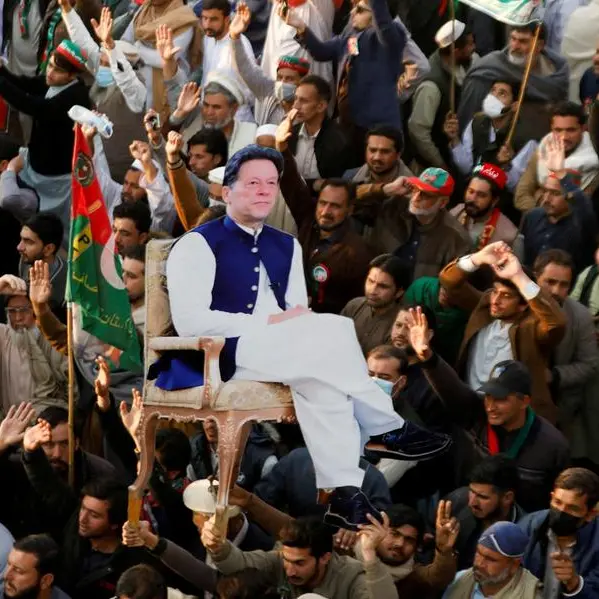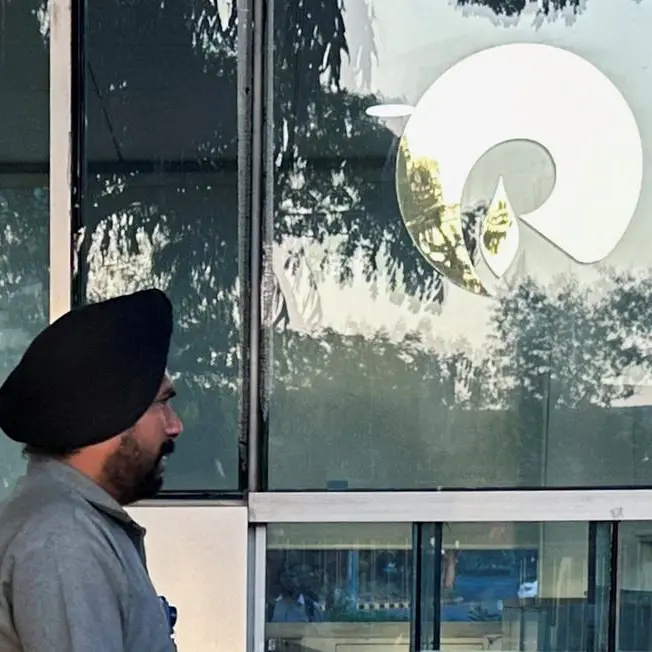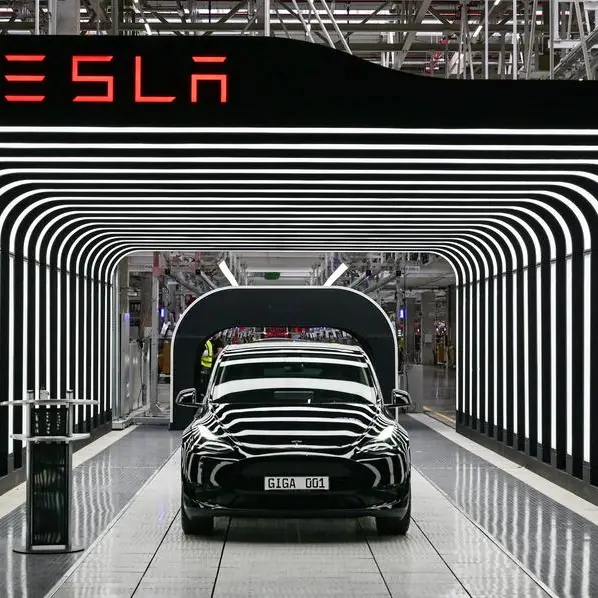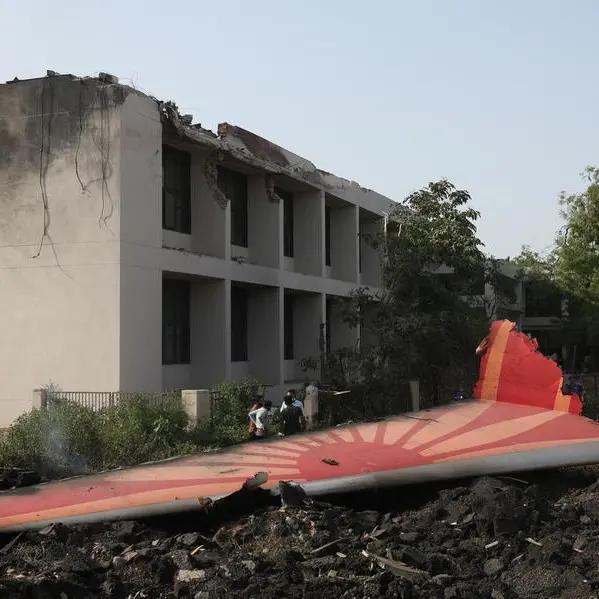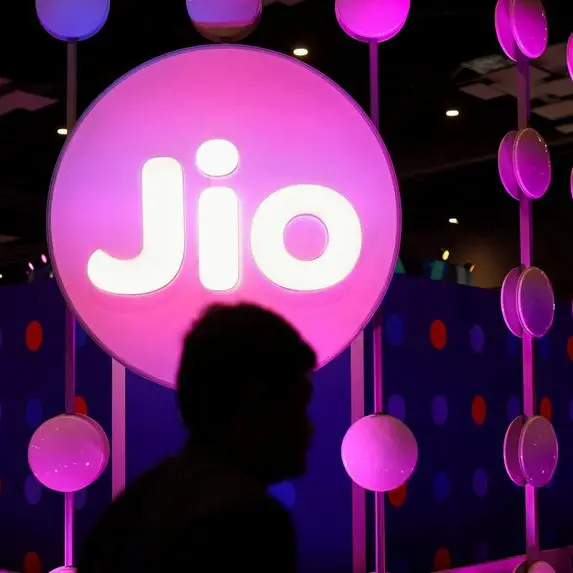PHOTO
People celebrate the successful lunar landing of Chandrayaan-3 spacecraft on the south pole of the Moon, on the streets of Ahmedabad on August 24, 2023. India on August 23 became the first nation to land a craft near the Moon's south pole, a historic triumph for the world's most populous nation and its ambitious, cut-price space programme. (Photo by SAM PANTHAKY / AFP)
The historic, first landing of a probe near the moon’s unexplored south pole last Wednesday by the Indian Space Research Organisation (ISRO), has come in for acclaim on account of its shoestring budget as well. The Chandrayaan-3 mission has attracted attention for its relatively low budget of $75mn compared to the $165 million spent on Christopher Nolan’s 2014 blockbuster film Interstellar. The stark contrast in expenses highlights the dedication and cost-efficiency of the ISRO in its pursuit of lunar exploration, even in comparison to extravagant cinematic budgets.
From managing costs on rockets to developing a built-in-India supply base, the ISRO’s success with the moon landing shows how it has honed a system of doing more for less, officials, suppliers and analysts say.
ISRO’s record for frugal innovation will be tested by upcoming missions, including a project to study the sun set to launch next month and a plan to put astronauts in orbit by 2025. Although India’s government allocated the equivalent of $1.66bn for the Department of Space for the fiscal year ending in March, it spent around 25% less. The budget for the current fiscal year is $1.52bn. By contrast, the US’ Nasa has a $25bn budget for the current year. Put another way, the annual increase in Nasa’s budget - $1.3bn - was more than what ISRO spent in total.
“No-one in the world can do it like we do,” said S Somanath, ISRO chairman and a veteran aerospace engineer. One example of how ISRO contained costs on Chandrayaan-3: it opted to take a longer route to the moon, allowing it to use less powerful - and cheaper - propulsion systems. Chandrayaan-3 took more than 40 days to reach the moon, looping through widening orbits to use the Earth’s gravitational force as a slingshot. By contrast, Russia’s Luna-25 mission, which crashed before its own attempted landing on the moon’s south pole, had been on a more direct course to the moon. Russia has not disclosed what it spent on the failed mission.
ISRO also developed some of the lander components itself, including the cameras, altimeter and hazard avoidance sensors. It used Indian suppliers for vehicle assembly, transportation and electronics to keep costs low. And it limited the number of design prototypes to save time and money. “With local sourcing of equipment and design elements, we are able reduce the price considerably. A similar set up by an international vendor would cost four to five times,” Amit Sharma, CEO of Tata Consulting Engineers, which was a vendor to ISRO for the Chandrayaan-3 project, told Reuters.
Many of the ISRO scientists who worked on the failed $96.5mn Chandrayaan-2 attempt to land on the lunar south pole in 2019 stayed on for the current mission. ISRO’s success is also expected to provide a lift for the country’s private-sector space startups at a time when the government is looking to open the sector to foreign investment, suppliers say. Ankit Patel, founder and director of Ankit Fasteners, which has been supplying nuts, bolts and other fasteners to ISRO since 1994, said there were times when parts had to be hand carried to a launchpad to meet a deadline.
It’s worth noting that maintaining a lower budget without compromising the mission’s objectives is no easy task. It signifies a deep-rooted commitment to both fiscal responsibility and the pursuit of space exploration. Cost-effective space missions aren’t just about pinching pennies; they’re about achieving more with less. ISRO’s legacy includes a series of such cost-effective missions. Chandrayaan-3 underscores this tradition, showcasing ISRO’s capability to harness indigenous technologies while also collaborating with global partners.
The significance of Chandrayaan-3 goes beyond its budget. It represents a major stride in India’s space odyssey, underscoring its ambitions and capabilities in space exploration. India is increasingly seen as a top player in space geopolitically. While China has succeeded Russia as the most significant rival to US influence and capabilities in space, India may yet take that third spot in the space superpower hierarchy.
© Gulf Times Newspaper 2022 Provided by SyndiGate Media Inc. (Syndigate.info).From managing costs on rockets to developing a built-in-India supply base, the ISRO’s success with the moon landing shows how it has honed a system of doing more for less, officials, suppliers and analysts say.
ISRO’s record for frugal innovation will be tested by upcoming missions, including a project to study the sun set to launch next month and a plan to put astronauts in orbit by 2025. Although India’s government allocated the equivalent of $1.66bn for the Department of Space for the fiscal year ending in March, it spent around 25% less. The budget for the current fiscal year is $1.52bn. By contrast, the US’ Nasa has a $25bn budget for the current year. Put another way, the annual increase in Nasa’s budget - $1.3bn - was more than what ISRO spent in total.
“No-one in the world can do it like we do,” said S Somanath, ISRO chairman and a veteran aerospace engineer. One example of how ISRO contained costs on Chandrayaan-3: it opted to take a longer route to the moon, allowing it to use less powerful - and cheaper - propulsion systems. Chandrayaan-3 took more than 40 days to reach the moon, looping through widening orbits to use the Earth’s gravitational force as a slingshot. By contrast, Russia’s Luna-25 mission, which crashed before its own attempted landing on the moon’s south pole, had been on a more direct course to the moon. Russia has not disclosed what it spent on the failed mission.
ISRO also developed some of the lander components itself, including the cameras, altimeter and hazard avoidance sensors. It used Indian suppliers for vehicle assembly, transportation and electronics to keep costs low. And it limited the number of design prototypes to save time and money. “With local sourcing of equipment and design elements, we are able reduce the price considerably. A similar set up by an international vendor would cost four to five times,” Amit Sharma, CEO of Tata Consulting Engineers, which was a vendor to ISRO for the Chandrayaan-3 project, told Reuters.
Many of the ISRO scientists who worked on the failed $96.5mn Chandrayaan-2 attempt to land on the lunar south pole in 2019 stayed on for the current mission. ISRO’s success is also expected to provide a lift for the country’s private-sector space startups at a time when the government is looking to open the sector to foreign investment, suppliers say. Ankit Patel, founder and director of Ankit Fasteners, which has been supplying nuts, bolts and other fasteners to ISRO since 1994, said there were times when parts had to be hand carried to a launchpad to meet a deadline.
It’s worth noting that maintaining a lower budget without compromising the mission’s objectives is no easy task. It signifies a deep-rooted commitment to both fiscal responsibility and the pursuit of space exploration. Cost-effective space missions aren’t just about pinching pennies; they’re about achieving more with less. ISRO’s legacy includes a series of such cost-effective missions. Chandrayaan-3 underscores this tradition, showcasing ISRO’s capability to harness indigenous technologies while also collaborating with global partners.
The significance of Chandrayaan-3 goes beyond its budget. It represents a major stride in India’s space odyssey, underscoring its ambitions and capabilities in space exploration. India is increasingly seen as a top player in space geopolitically. While China has succeeded Russia as the most significant rival to US influence and capabilities in space, India may yet take that third spot in the space superpower hierarchy.

